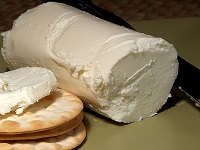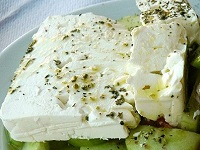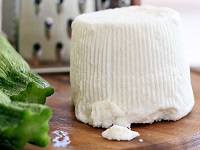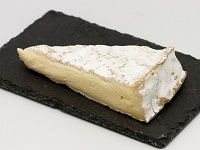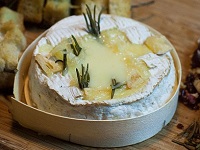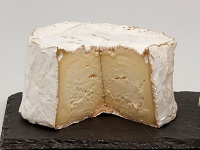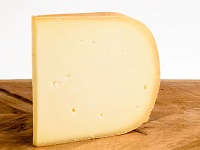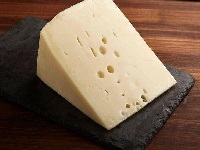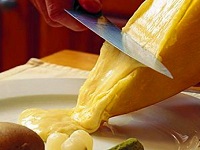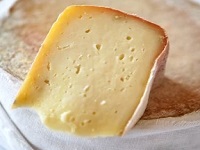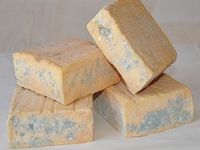Greek Grapes
Kidonitsa
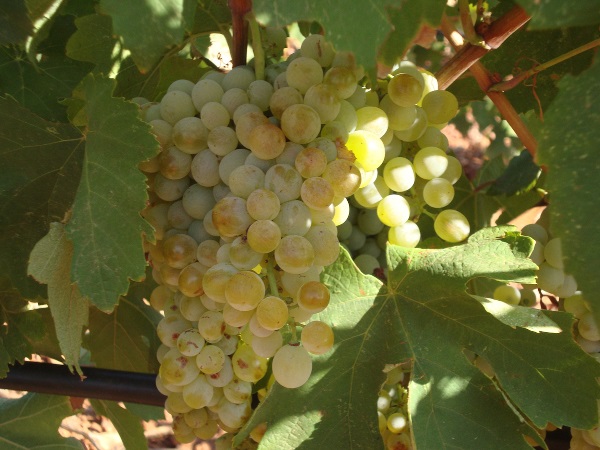
Kidonitsa Flavors
Kidonitsa has a Quince-like note, the name derives from the Greek name for quince (kydoni), along with Floral and Citrus notes.
Lemon |
Grapefruit |
Peach |
Nectarine |
Quince |
Flowers |
Almonds |
Minerals |
About Kidonisa
Kidonitsa is an ancient Greek grape that was once nearly extinct. It was saved by producers from the Peloponnese region who realized that the grape had an excellent potential to produce aromatic white wines with a unique character.
The wines are still rare, and most of them come from Laconia. They are bright yellow and aromatic with crisp acidity and a round, medium body.
Kidonitsa mainly produces white dry wines, but it also plays a part in the blend of the sweet white wine, PDO Monemvassia-Malvasia.
Kidonitsa Flavors
Kidonitsa has a Quince-like note, the name derives from the Greek name for quince (kydoni), along with Floral and Citrus notes.
Lemon |
Grapefruit |
Peach |
Nectarine |
Quince |
Flowers |
Almonds |
Minerals |
Kidonitsa Profile
Kidonitsa is Fruity, Acidic and Floral:
| SUGAR: | Dry (3 g/l) |
| BODY: | Medium |
| FRUIT: | Medium - High |
| ACIDITY: | Medium - High |
| ALCOHOL: | 12-13% ABV |
| Serving temperature: 8-10°C (46-50°F) | |
Kidonitsa Food Pairing
Kidonitsa pairs well with seafood, salads, pasta, and light poultry dishes. They can also be a good match with cheese.
Aperitif |
Salads |
Vinegar |
Tapas |
Oysters |
Shrimps |
Seafood |
Sushi |
Fish |
Chips |
Chicken |
Ham |
Excellent Pairings
Bright Vinaigrettes.
Green Salads. Olives. Tapas.
Oysters in Garlic (and Lime).
Mussels. Clams (in Chili).
Sushi. Sashimi. Smoked Salmon.
Grilled Seafood. Crab. Lobster.
Fried Fish. Fish and Chips. Fish Tacos.
Lemon Chicken. Lemon Veal.
Goat Cheese. Smoked Cheese.
Greek Specialities
Greek Salad.
Tomato Feta Salad.
Greek Scrambled Eggs.
Kakavia (Greek Fish Soup).
The Ideal Glass for Kidonitsa
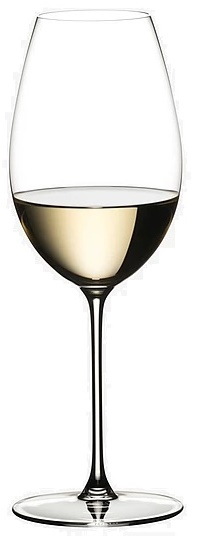
|
The Sauvignon Blanc glass is smaller than a Chardonnay glass.
It has a more narrow bowl to concentrate the crisp and citrusy aromas of a zesty and fruity white wine. |
Kidonitsa Cheese Pairing
Kidonitsa is known for its crisp and fruity profile. It pairs well with a variety of cheeses.
Opt for cheeses with moderate saltiness and creaminess to balance the Kidonitsa's acidity.
Add fruits (grapes, apples, pears), nuts (almonds, walnuts), or a light drizzle of honey to enhance the pairing.
Fresh and Mild Cheeses
Goat Cheese (Chèvre): The tanginess complements the subtle fruit notes in Kidonitsa.
Feta: Its delicate flavor pairs well with the wine's lightness.
Ricotta: Especially good if served with a drizzle of honey or fresh fruits.
Soft Cheeses
Brie: The creamy texture and mild flavor work beautifully with Kidonitsa.
Camembert: Similar to Brie but with slightly more earthiness.
Chaource: Soft with a bitter nutshell flavor. A little on the salty side.
Semi-Hard Cheeses
Gruyère: Mildly nutty and sweet, enhancing the wine's subtlety.
Manchego: A classic Spanish pairing, especially younger Manchego, which is less intense.
Asiago: Lightly aged Asiago adds a complementary tang to the cheese.
Blue Cheeses (for contrast)
Robiola has a delicate, tangy flavor that pairs well fresh and light wines with good acidity.
If You Like Kidonitsa
You May Also Like:
Wine Region Peloponnese
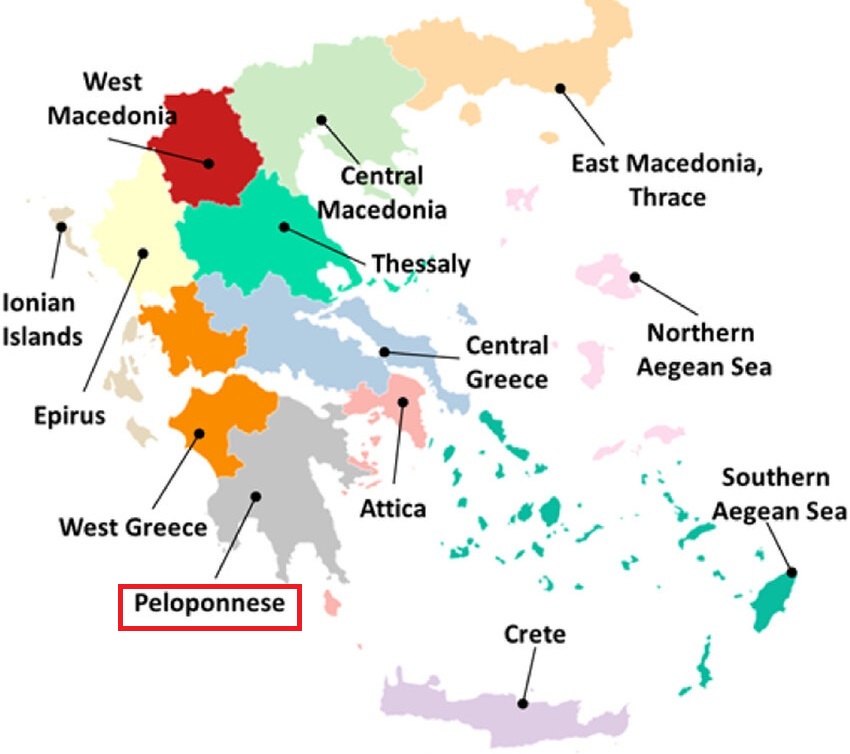
Black Grapes |
White Grapes |
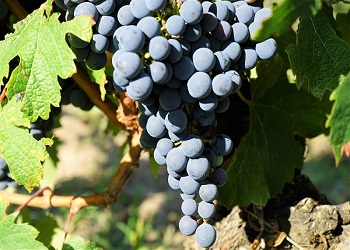
|
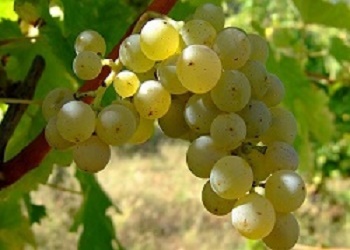
|
Soil |
Climate |
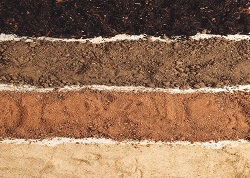
Fertile Sandy-Loam. |

Mediterranean |
Peloponnese PDO Regions
Peloponnese (South Greece) has 3 PDO regions:
- PDO Nemea (1971)
- PDO Mantinia (1971)
- PDO Patra (1972)
PDO Nemea (ΠΟΠ Νεμέα)
Nemea is producing some of Greece's finest red wines.
Often called the "Bordeaux of Greece", Nemea produces rich, fruit-forward reds from Agiorgitiko, one of Greece’s most popular grape varieties, known for its deep red color, robust tannins, and rich flavors of red fruits and spices.
PDO requirements:
Dry Reds from 100% Agiorgitiko.
Semi-Sweet Reds from 100% Agiorgitiko.
Fortified Reds from 100% Agiorgitiko.
Sweet Reds from 100% Agiorgitiko (sun dried).
PDO Mantinia (ΠΟΠ Μαντινεία)
Located in the cool, mountainous Peloponnese, Mantinia is known for Moschofilero, a pink-skinned grape producing aromatic, floral white wines. These wines are typically light, refreshing, and aromatic, with hints of rose petal and citrus, making them versatile with a variety of dishes.
PDO requirements:
Dry whites from min 85% Moschofilero + Asproudes.
Sparkling wines from min 85% Moschofilero + Asproudes.
PDO Patra (ΠΟΠ Πάτρα)
PDO requirements:
Dry Whites from 100% Roditis.
Medium-Dry Whites from 100% Roditis.
Medium-Sweet Whites from 100% Roditis.
